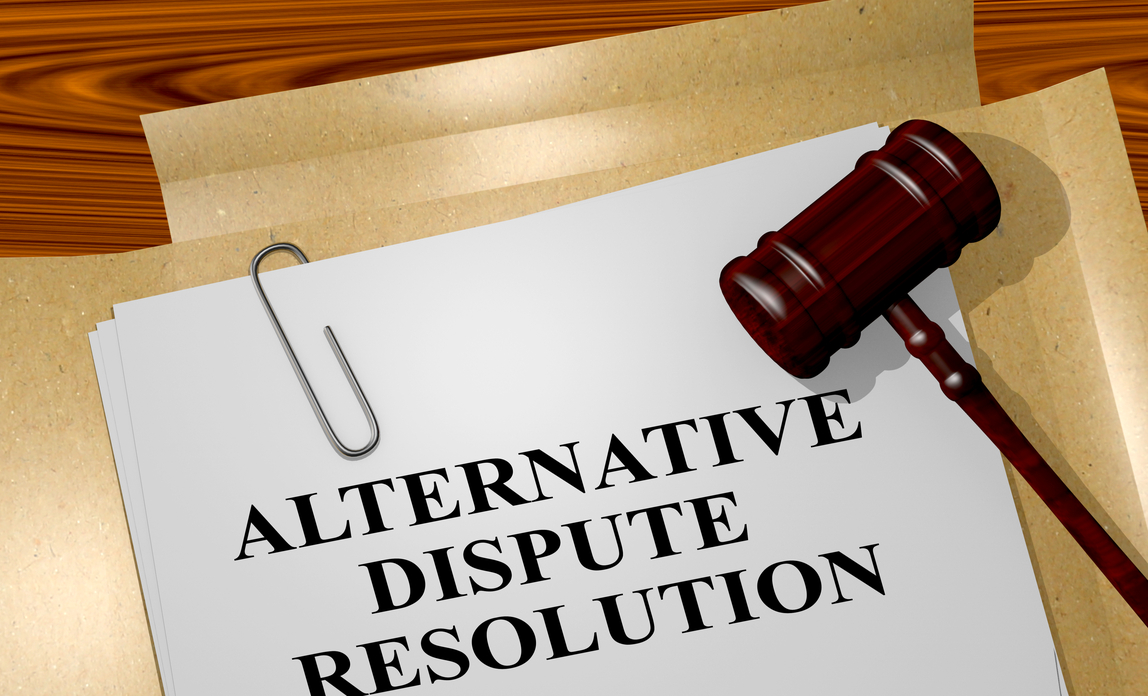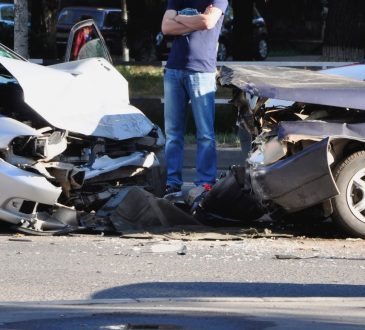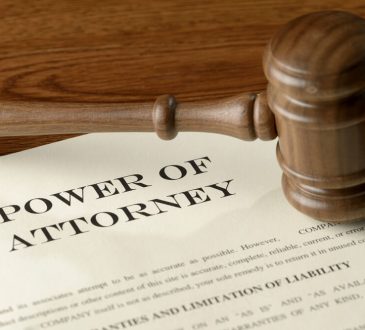
A split-second mistake on a jobsite can turn into a lifetime of recovery for a burn survivor. In New York, construction workers face unique fire, chemical, and electrical hazards, often under tight schedules and complex contractor chains. When prevention fails, injured workers need a roadmap: what caused the burn, who is legally responsible, and which remedies actually pay for long-term care. This guide breaks down the hazards, the 2025 enforcement landscape, and the legal options available, from workers’ compensation to third‑party lawsuits, so victims and families can make smart, timely decisions with a seasoned New York Burn Injury Lawyer. Firms like the Jacob Fuchsberg Law Firm routinely navigate these high‑stakes claims, integrating medical, safety, and liability investigations to pursue full compensation.
Common construction-site hazards leading to burn injuries
Construction burn injuries don’t only come from open flames. On New York jobsites, the most serious burns often stem from:
- Electrical arc flash and live contact: Inadequate lockout/tagout (LOTO), energized panels, damaged cords, or unmarked temporary power can produce arc blasts exceeding thousands of degrees in milliseconds. Even a tool bridging phases can trigger it.
- Hot work without proper permits: Welding, cutting, brazing, or grinding near flammables can cause flash fires. Missing fire watches and poor housekeeping turn sparks into structure fires.
- Chemical burns: Wet cement (alkaline), epoxies, solvents, and industrial cleaners can penetrate gloves and clothing, causing deep tissue damage. Eye and inhalation injuries follow when ventilation is ignored.
- Thermal fluids and asphalt: Roofing kettles, tar, and heated lines scald quickly. Splash events are common when lids are unsecured or thermal gloves are worn past their rating.
- Steam and superheated surfaces: Mechanical rooms, steam lines, and pressure vessels can scald on contact: uninsulated surfaces amplify risk in tight spaces.
- Battery and fuel incidents: Lithium‑ion packs powering tools or lifts can enter thermal runaway if damaged or charged improperly. Propane heaters and gas lines add explosion risks during cold‑weather work.
What ties many of these together? Time pressure, missing pre‑task plans, and shortcuts on PPE. A thorough post‑incident investigation, site photos, witness statements, tool and PPE preservation, often shows multiple failures, not just a single mistake. That matters when allocating legal responsibility across subcontractors, site owners, and manufacturers.
OSHA citations and contractor negligence trends in 2025
As of 2025, OSHA continues to emphasize electrical safety, hazard communication, and hot‑work controls on construction sites, areas directly tied to burn risk. While the perennial top citations still include fall protection and scaffolding, burn‑related trends practitioners keep seeing include:
- Lockout/Tagout and energized work: Citations arise where panels remain live during modifications, where qualified person rules are ignored, or where arc‑flash labeling and boundaries are missing under NFPA 70E practices.
- Hot‑work permits and fire watches: Investigations frequently uncover missing permits, no 30‑minute post‑work monitoring, or lack of extinguishers/blankets nearby.
- Hazard Communication (HazCom): Gaps around Safety Data Sheets, labeling, and training lead to chemical burns, especially with cementitious products and industrial adhesives.
- PPE selection and maintenance: Heat‑ and arc‑rated gear mismatched to the task (or visibly degraded) is a recurring issue. Employers must train on selection, use, and replacement.
- Heat stress and indoor air quality: Regional emphasis programs have driven more citations for inadequate heat illness prevention, ventilation during hot work, and failure to plan for seasonal extremes.
Regulatory penalties have risen with inflation adjustments, increasing the stakes for repeat offenders. In civil cases, plaintiff’s counsel often correlates OSHA findings with site safety plans and subcontract agreements to show a pattern of negligence. Even without a formal citation, the same facts, no permit, no fire watch, missing LOTO, can prove that a contractor didn’t meet industry standards. That’s powerful in New York Labor Law claims.
Calculating damages for permanent disfigurement and trauma
Severe burn cases hinge on careful damages modeling. Beyond the initial hospital stay, survivors often face months or years of staged care. A credible New York Burn Injury Lawyer works with a life‑care planner to capture the full arc of need:
- Medical and rehabilitation costs: Burn‑center admissions, debridement, grafts, flap surgeries, infection control, laser therapy for scar modulation, pressure garments, PT/OT, and mental‑health care. Future procedures, especially for contractures and functional deficits, belong in the plan.
- Lost income and earning capacity: Time off during acute recovery, plus diminished capacity for heavy labor or work around heat/electrical sources. Vocational experts model alternative careers and wage differentials.
- Disfigurement and pain: New York places no statutory cap on pain and suffering. Visible scarring, nerve pain, and hypersensitivity affect daily life and intimacy: juries take those impacts seriously when the evidence is specific and human.
- Assistive tech and home modifications: Cooling garments, custom compression, adaptive tools, and bathroom or kitchen modifications.
- Caregiving and household services: Family members’ time has economic value: a life‑care plan can quantify replacement services if needed.
Attorneys may use a per‑diem or multiplier framework to argue non‑economic damages, but the most persuasive cases lean on detail, photos over time, treating‑physician narratives, and testimony about the before‑and‑after of a person’s life. Punitive damages may be available if conduct was willful or showed reckless indifference (for example, knowingly disabling safety devices), though they’re fact‑specific and not automatic.
Workers’ compensation vs. third-party personal-injury options
After a construction burn, workers’ compensation typically covers medical care and a portion of lost wages regardless of fault. But, comp is limited: no pain‑and‑suffering damages and constrained wage benefits. That’s where third‑party claims can fill the gap.
Key distinctions in New York:
- Employer immunity and exceptions: Workers generally can’t sue their direct employer for negligence. But they may sue other responsible parties, site owners, general contractors, subcontractors, or product manufacturers.
- New York Labor Law pathways: Sections 200, 240(1), and 241(6) create strong avenues for injured workers. While 240(1) is primarily elevation‑related, 241(6) allows claims based on violations of specific Industrial Code rules (for example, hot‑work protections, electrical safeguards, or protective gear requirements).
- Product liability: If a PPE item, breaker, lithium‑ion battery, or heating device contributed, a separate claim against the manufacturer or distributor may proceed alongside site‑safety claims.
- Timing and liens: Personal‑injury claims generally have a three‑year statute of limitations (shorter if a municipal entity is involved, often requiring a 90‑day notice of claim). The workers’ comp carrier will assert a lien on third‑party recoveries: smart lawyering negotiates that lien to maximize the net.
Coordinating comp benefits with a third‑party action is strategic work. Counsel should preserve evidence early, send spoliation letters, and identify every potentially liable entity listed in contracts and site logs. An experienced firm, such as the Jacob Fuchsberg Law Firm, can align these tracks so medical care isn’t delayed while fault is litigated.
Safety-equipment failures and manufacturer liability claims
When equipment that’s supposed to protect a worker contributes to a burn, product liability comes into play. Three core theories apply under New York law:
- Design defect: The product’s blueprint makes it unreasonably dangerous, for instance, arc‑rated clothing that fails at expected incident energy levels, or a battery pack design without adequate thermal management.
- Manufacturing defect: Something went wrong in production, bad welds in a kettle, improper insulation in a heater, or contamination in a chemical batch.
- Failure to warn/instruct: Inadequate labels, missing temperature/arc ratings, or poor instructions for storage, charging, or end‑of‑life disposal.
Practical examples on jobsites include:
- PPE mismatches or failures: Gloves, face shields, or garments marketed as heat‑resistant that rapidly fail during hot work: helmets with melting face screens: or counterfeit gear entering the supply chain.
- Electrical protection: Breakers or GFCIs that don’t trip, arc‑fault devices mis‑specified for the load, or mislabeled panels.
- Gas detection and ventilation: Sensors that drift out of calibration without clear maintenance schedules: portable fans with sparking motors in classified areas.
- Lithium‑ion hazards: Packs that ignite after minor impacts, chargers lacking cell‑balancing, or tools without thermal cutoff safeguards.
Evidence is everything. Workers and supervisors should preserve the product, packaging, manuals, purchase records, and maintenance logs. Do not “test” damaged gear informally. Attorneys bring in engineers to reconstruct failure modes, review standards (ANSI, ASTM, NFPA), and check for recalls. A well‑built product case can add substantial recovery beyond site‑negligence claims.
Rehabilitation and return-to-work programs after severe burns
Recovery from a severe burn is a marathon with medical, psychological, and vocational legs. The legal strategy should support all three.
- Multidisciplinary care: Burn centers coordinate surgeons, infectious‑disease specialists, physical and occupational therapists, and mental‑health providers addressing PTSD, depression, and anxiety. Pressure garments and splinting help manage scar maturation: laser therapy and staged reconstructions can improve function and appearance.
- Functional restoration: Early range‑of‑motion work prevents contractures. Desensitization training reduces neuropathic pain. For hand burns, fine‑motor retraining is crucial before tool use resumes.
- Vocational rehabilitation: A gradual, modified return‑to‑work plan can include shorter shifts, cool‑down breaks, task rotation away from heat sources, and alternative assignments. A vocational expert documents what’s realistic and what accommodations are reasonable under the ADA.
- Life‑care planning and benefits alignment: The life‑care plan should synchronize with workers’ comp authorizations, Medicare set‑aside considerations (when relevant), and future surgery windows so wage‑loss modeling reflects reality.
- Dispute readiness: Independent medical exams (IMEs) may downplay limitations. Detailed therapy notes, employer correspondence, and day‑in‑the‑life documentation help rebut minimization.
When counsel is involved early, rehabilitation goals inform the damages claim, rather than the other way around. That alignment often improves both medical outcomes and settlement leverage.








